Lind Canvas is a new electric surfboard extending surf beyond the wave
Swedish minimalism meets California cool with Lind’s new electric surfboard, promising the feeling of a never-ending wave. Wallpaper* heads to the Swedish archipelago to try it out
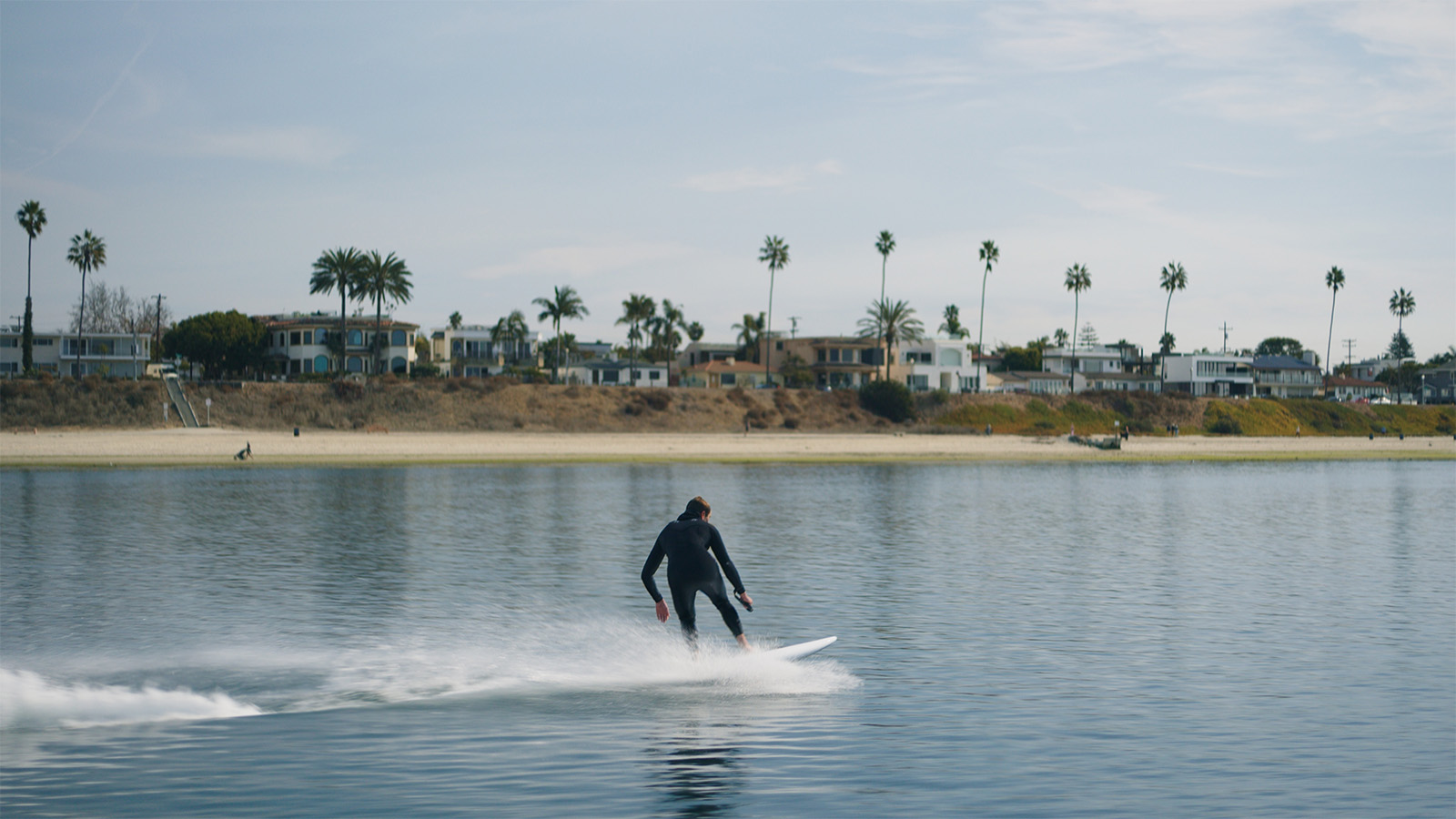
Stockholm is known for its urban beauty – built on 14 islands, connected by bridges, the city is surrounded by its stunning archipelago. It’s also on the map for design, culture and, not least, dishing up an abundance of pickled fish and meatballs. But a surfing destination? The Swedish capital is definitely not on any surfer’s wave-riding bucket list. In fact, the largest wave you could probably find would be the wake from passing boats.
For water sports lover Alex Lind, this lack of swell is what inspired him to launch Lind Canvas, a new electric surfboard. The board, not to be mistaken for an e-foil, is the first of its kind, ushering in a new era of surfing. Wallpaper* was invited to the Swedish archipelago to take to the water and try it out.
We try out Lind Canvas, the new all-electric surfboard
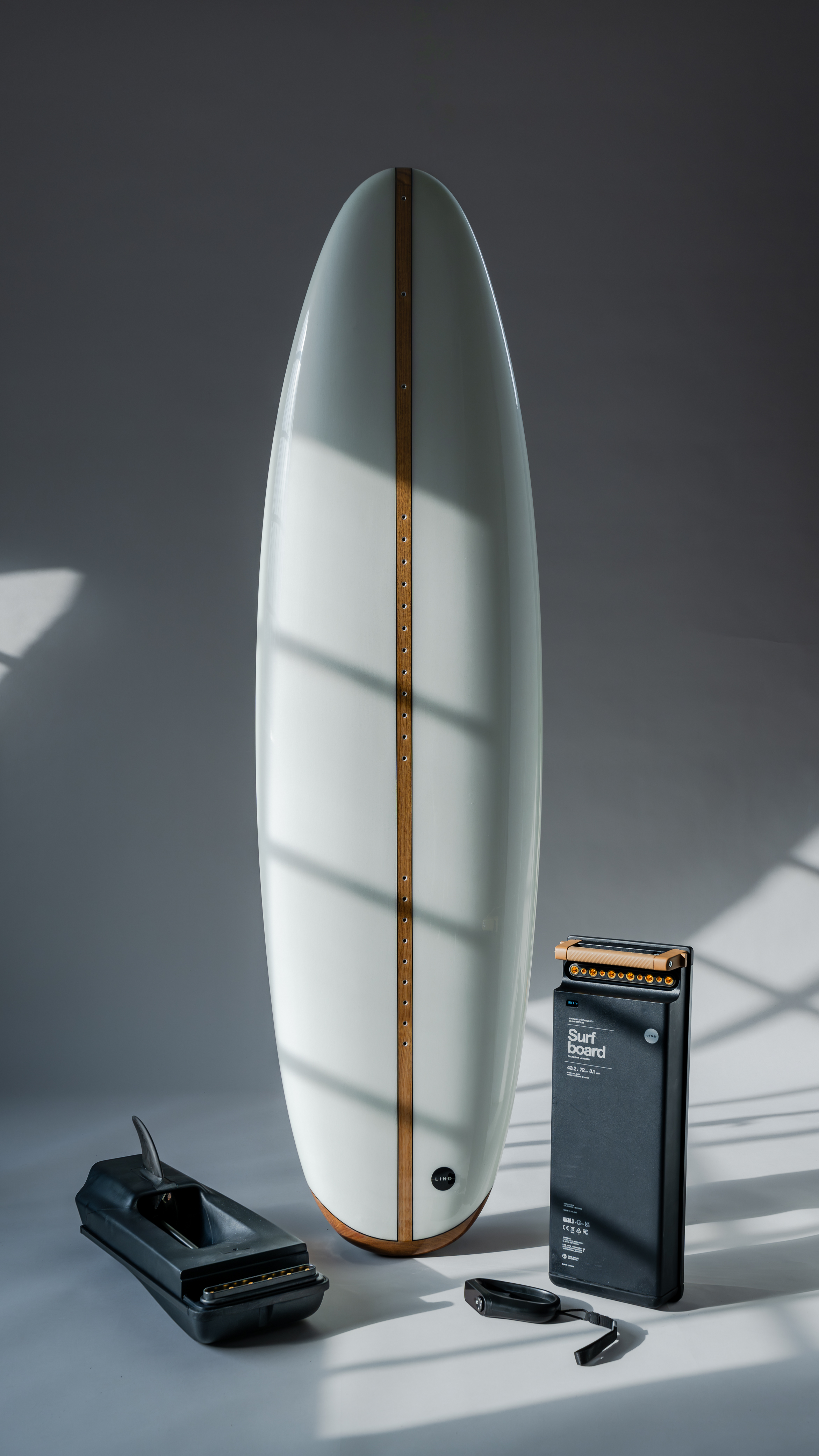
For the most part, surfing is a laidback, welcoming sport, allowing people to enjoy being in and on the water. However, it is also layered with unwritten codes and practices which, if not followed, can lead to newcomers being greeted with hostility. Adapting a traditional surfboard and adding a 27 horsepower jet on the back is one of those things that might not be well received on any local scene. Lind was certainly aware of this, and assured us that the board is not designed for regular wave riding. ‘We didn’t design this board to compete with traditional surfing,’ he said. ‘Lind Canvas is designed to bring the feeling of surfing to people who don’t have access to waves.’
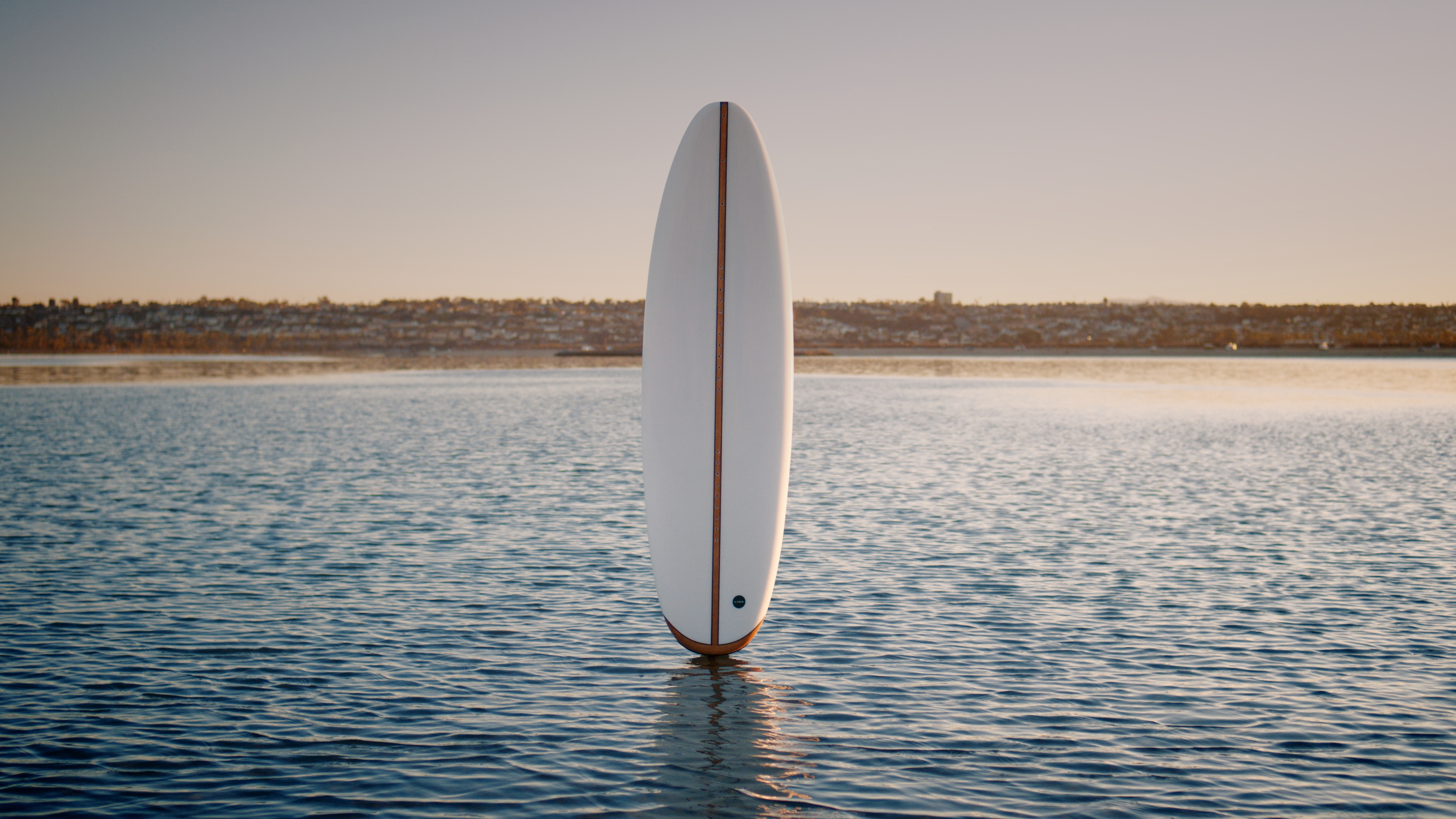
Founded in 2021, Lind has an office in the Swedish capital that overlooks the water, a natural playground to try out its prototypes. The aim was to ‘insert the power of a wave into a board’. Of course, this was easier said than done. The initial design started with a battery and jet, with the board then fitted around them. ‘It became more like a boat than a board,’ laughed Lind. ‘It had to feel like a sporting device, and not another high-tech toy.’
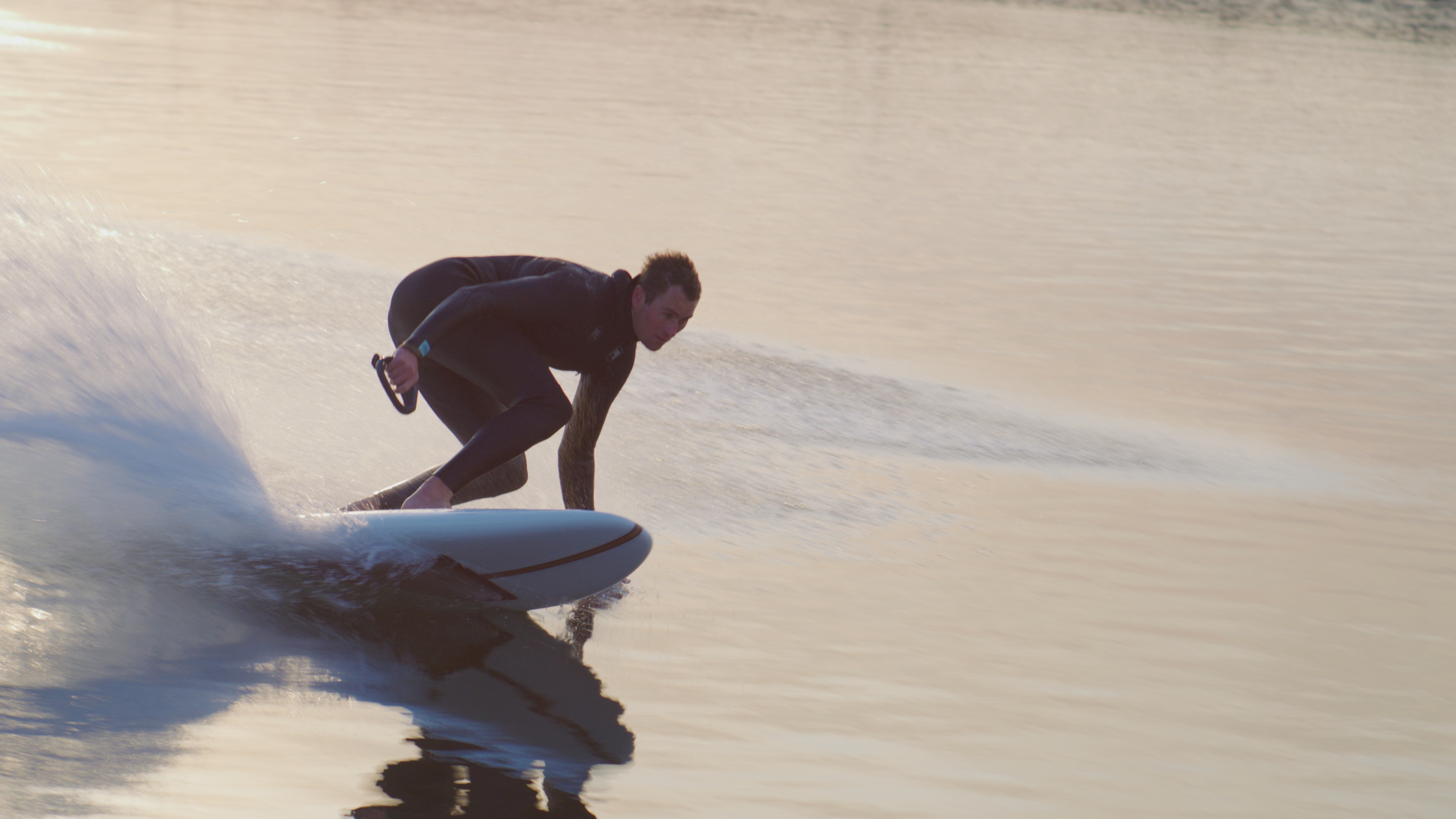
Along with his co-founders – CEO Anders Dellson and CTO/COO Mattias Soderhielm – Lind began to piece together a ‘dream’ team that balanced high-tech engineering with functional and beautiful design. They brought on two engineers, Benjamin Vedder and Jeff Friessen, who previously worked on Nasa’s Mars robots, to take on the engineering challenge of creating a board that is lightweight and manageable, yet packed with power.

Together with the wider team, and thanks to a $9 million investment, they got the battery weight down to 17kg and split the board into three parts; a battery, a jet, and a board. The 27-horsepower surfboard can reach a speed of 37mph, with a typical speed of 20mph. It has an energy density twice that of a Tesla Model S
After trying it out in the Maldives and writing up a business plan, within a year they had a first prototype.
Receive our daily digest of inspiration, escapism and design stories from around the world direct to your inbox.
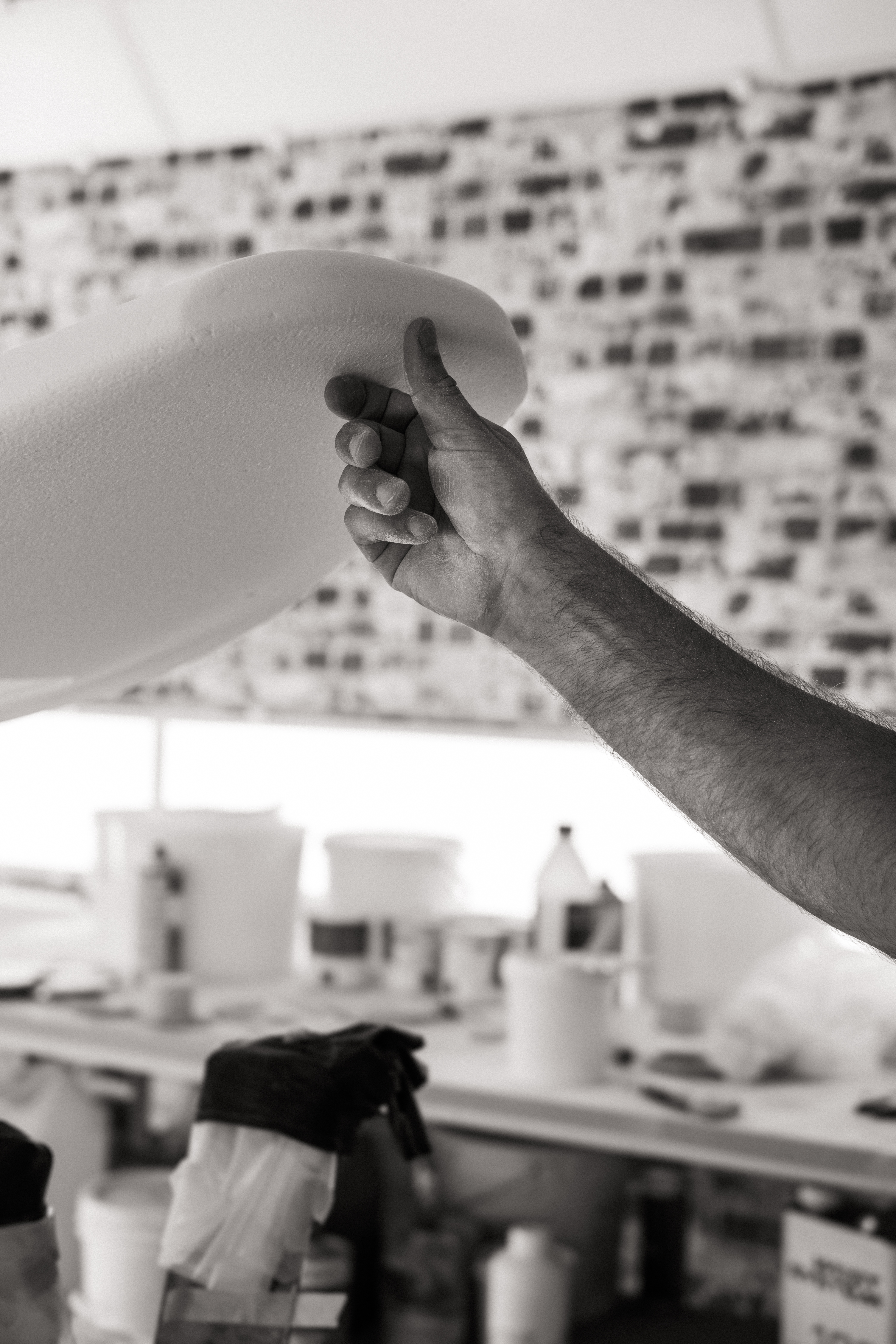
The beauty of the product is rooted in its design, which was led by Marcus Ivarsson, head of product and branding. ‘The foundations of the design are based on a traditional shortboard, as we wanted to compress everything as much as possible,’ said Ivarsson. ‘The board itself is constructed exactly like a regular surfboard, with the same structure, made from epoxy, with an oak stringer and tailblock.
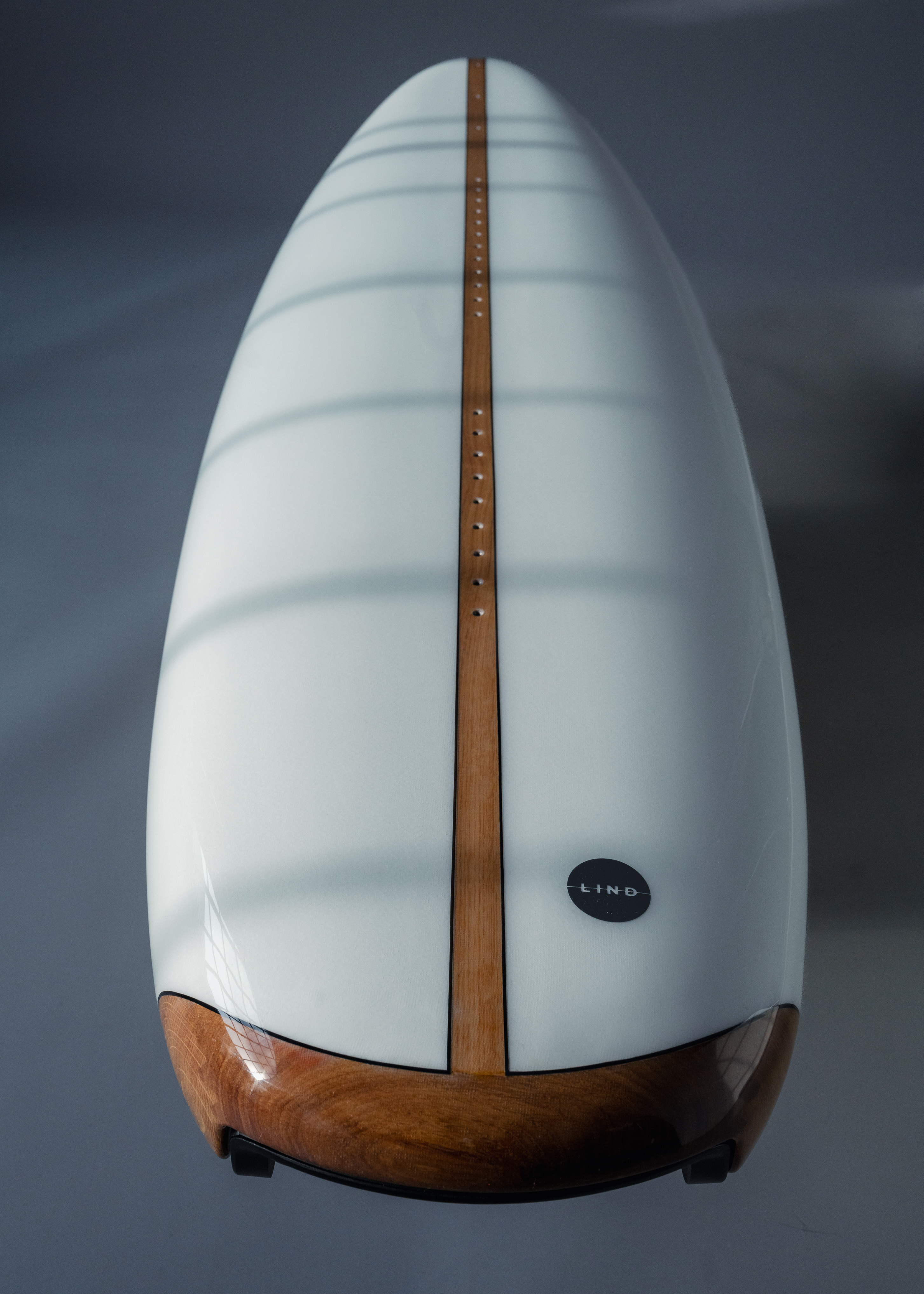
‘Working with such intelligent people in their sectors, it was hard to be the guy that wanted to keep things simple, and rein in the tech enthusiasm. But the simplicity is where the beauty lies. We wanted to create a surfboard that looks and feels like one,’ said Ivarsson, while gesturing to the office TV, which plays the cult surf film Endless Summer on a continuous loop. ‘I like to call the board design “hide-tech” not “high-tech”, as we want users to feel as connected to their surroundings as possible.’
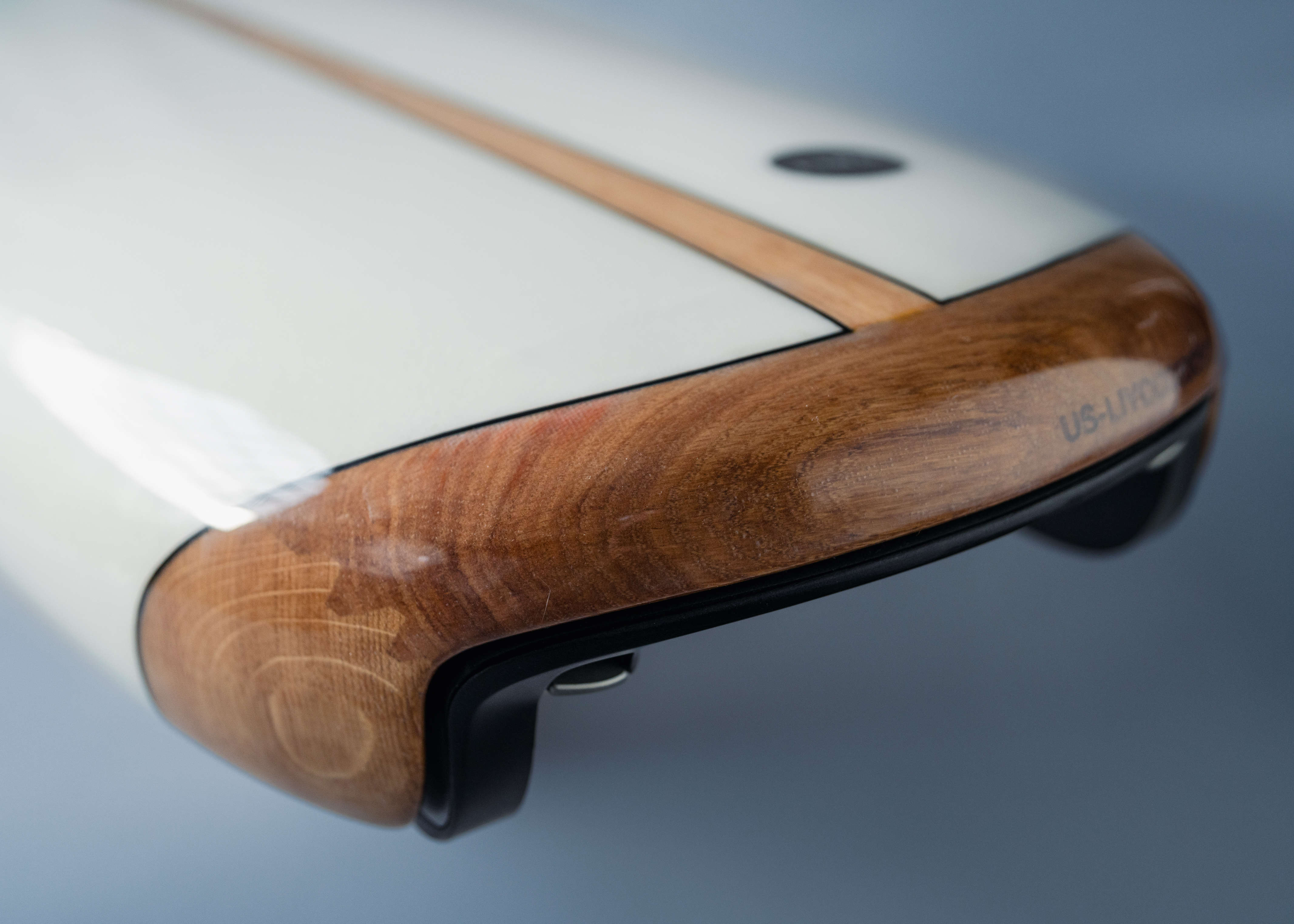
The board alone takes 40 man-hours to make, with manufacturers in Thailand and Vietnam, followed by eight hours of polishing for the finish. The battery is made in Poland (by the same robots that Tesla uses) to avoid any human error.
Transporting the board to the water was seamless. With the battery slotted into a nude-colour backpack, and the board tucked under your arm, the transportation is heavy, but manageable. Battery, jet and board each slot into each other easily. The battery sits on the underside of the five-inch surfboard, and is cooled down via the cold water passing over it to prevent cells from ageing and degrading. Inside the battery, there are heat and moisture sensors that alert users, and take steps to protect the battery in response
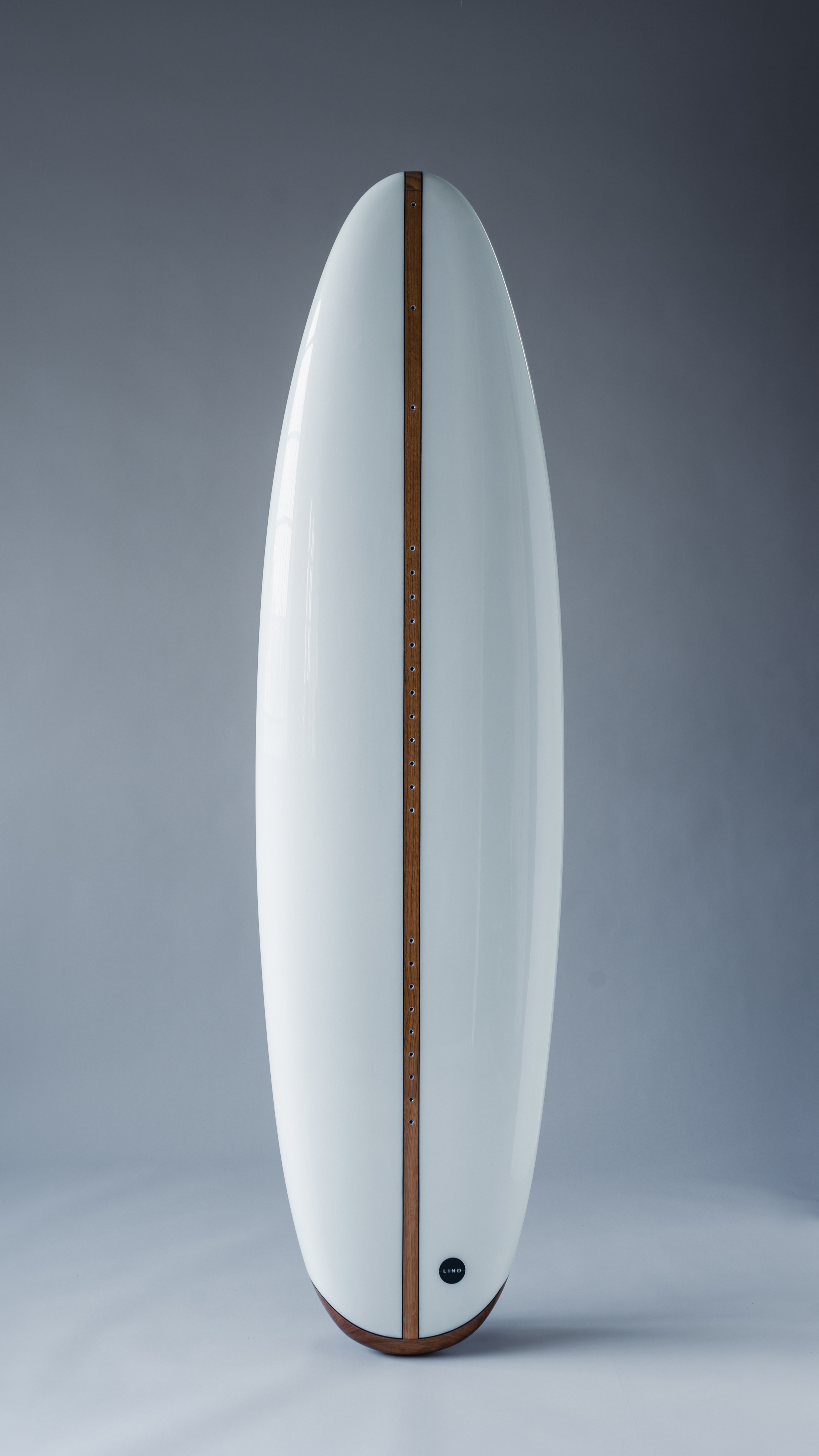
You wax the surfboard like you would a conventional one. Then, to use it, you control velocity with a wireless, hand-held remote, with levels from 1 to 15. Speed is your friend, allowing for more stability to stand up and glide across the water seamlessly. Turns are completed in the same way as conventional surfing, and getting to grips with the product is fairly easy for beginners, even those without a background in water sports. Each use lasts 45 minutes before the board needs to be charged again.
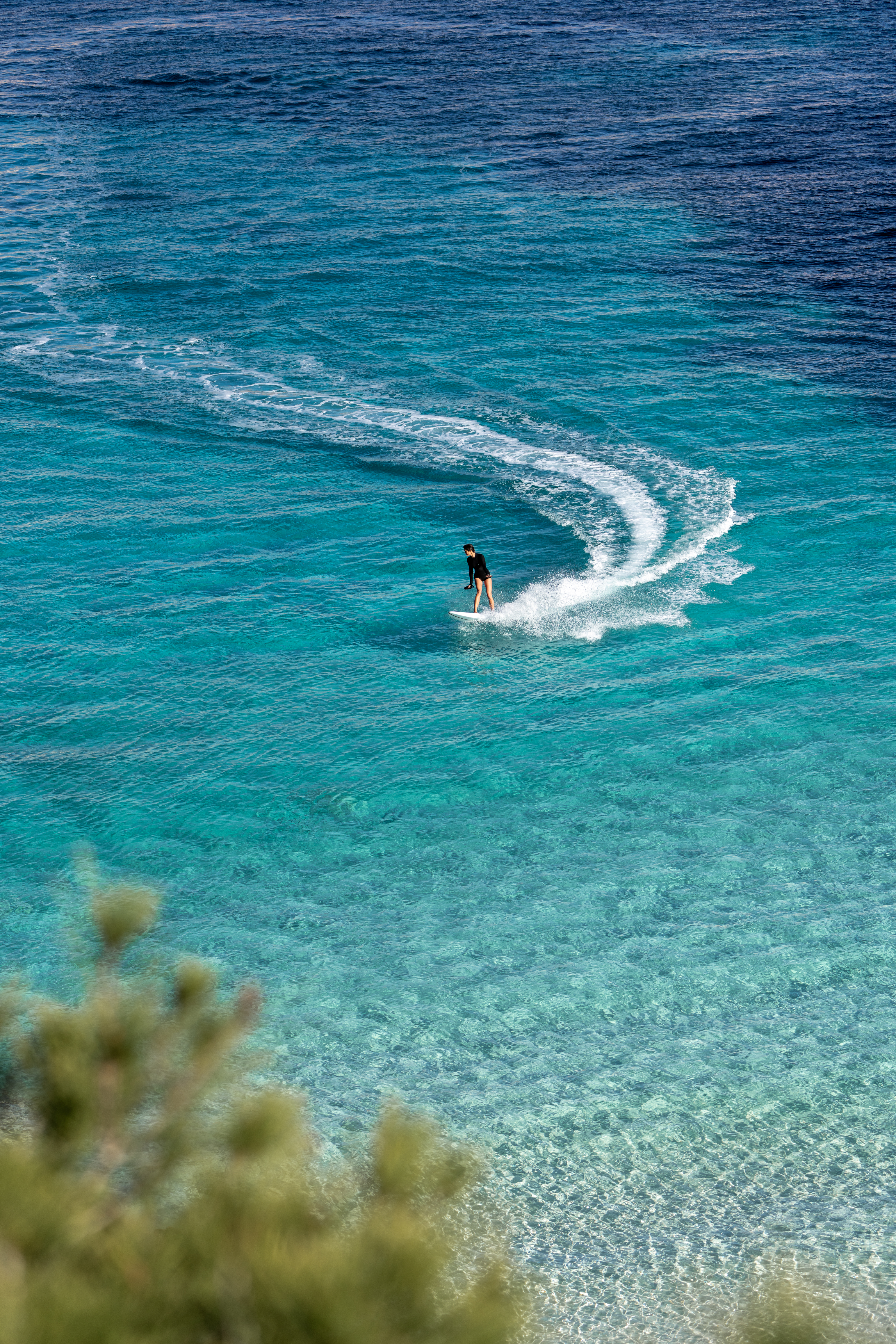
It is easy to imagine Lind Canvas becoming a sport of its own, whether it be speed racing in large bodies of water or big-wave surfing (where it would negate the need to be towed into the swell by a jet-ski). The board itself is undoubtedly impressive and stays rooted in the minimalist design codes seen in traditional board design, effortlessly extending surf beyond the wave. It will be exciting to see what sporting developments – whether a new X-Games or Red Bull competitions – lie ahead for Lind in the future.
The Lind Canvas board retails at $24,950, with bespoke options available.
Tianna Williams is Wallpaper’s staff writer. When she isn’t writing extensively across varying content pillars, ranging from design and architecture to travel and art, she also helps put together the daily newsletter. She enjoys speaking to emerging artists, designers and architects, writing about gorgeously designed houses and restaurants, and day-dreaming about her next travel destination.
-
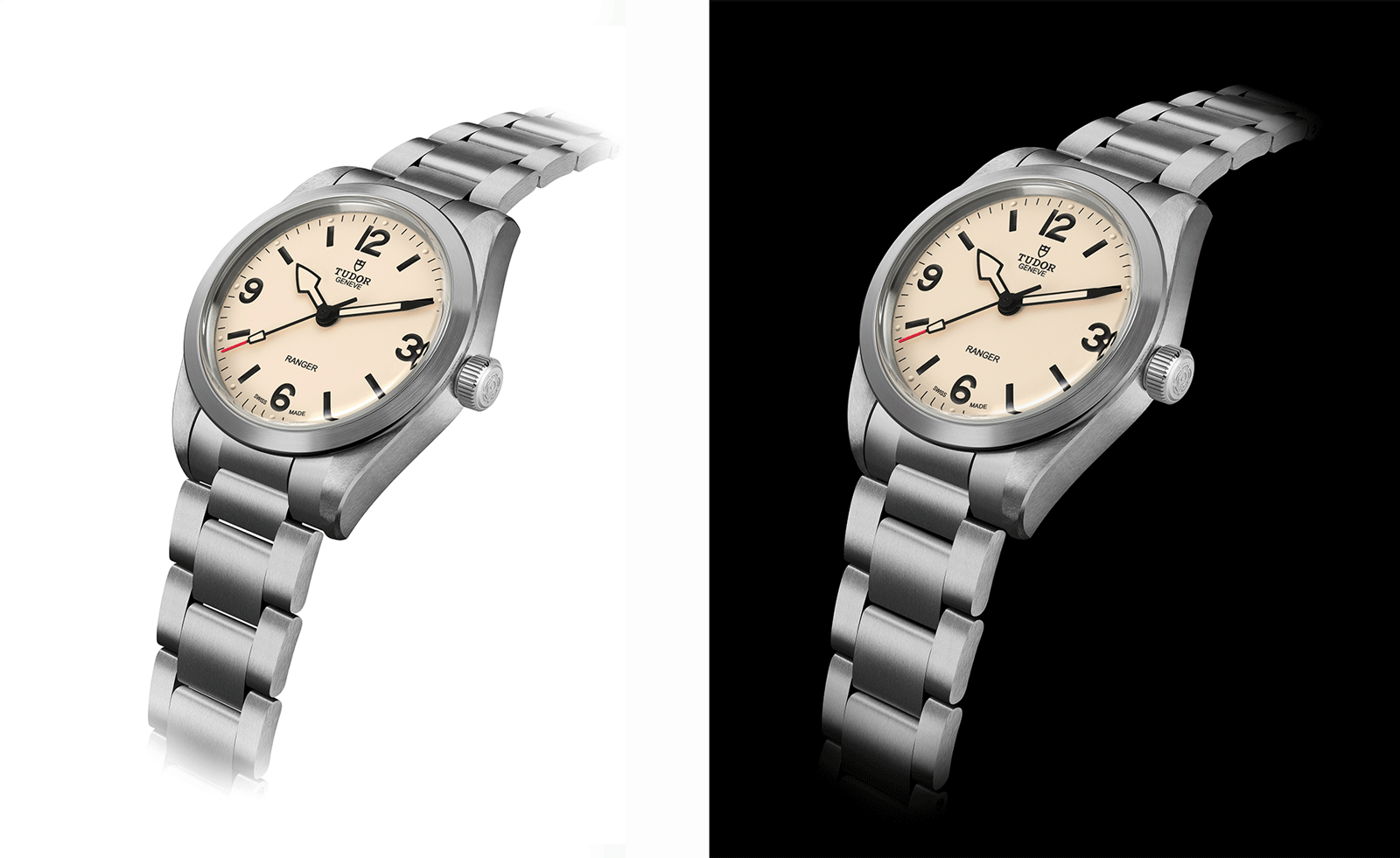 The new Tudor Ranger watches master perfectly executed simplicity
The new Tudor Ranger watches master perfectly executed simplicityThe Tudor Ranger watches look back to the 1960s for a clean and legible design
-
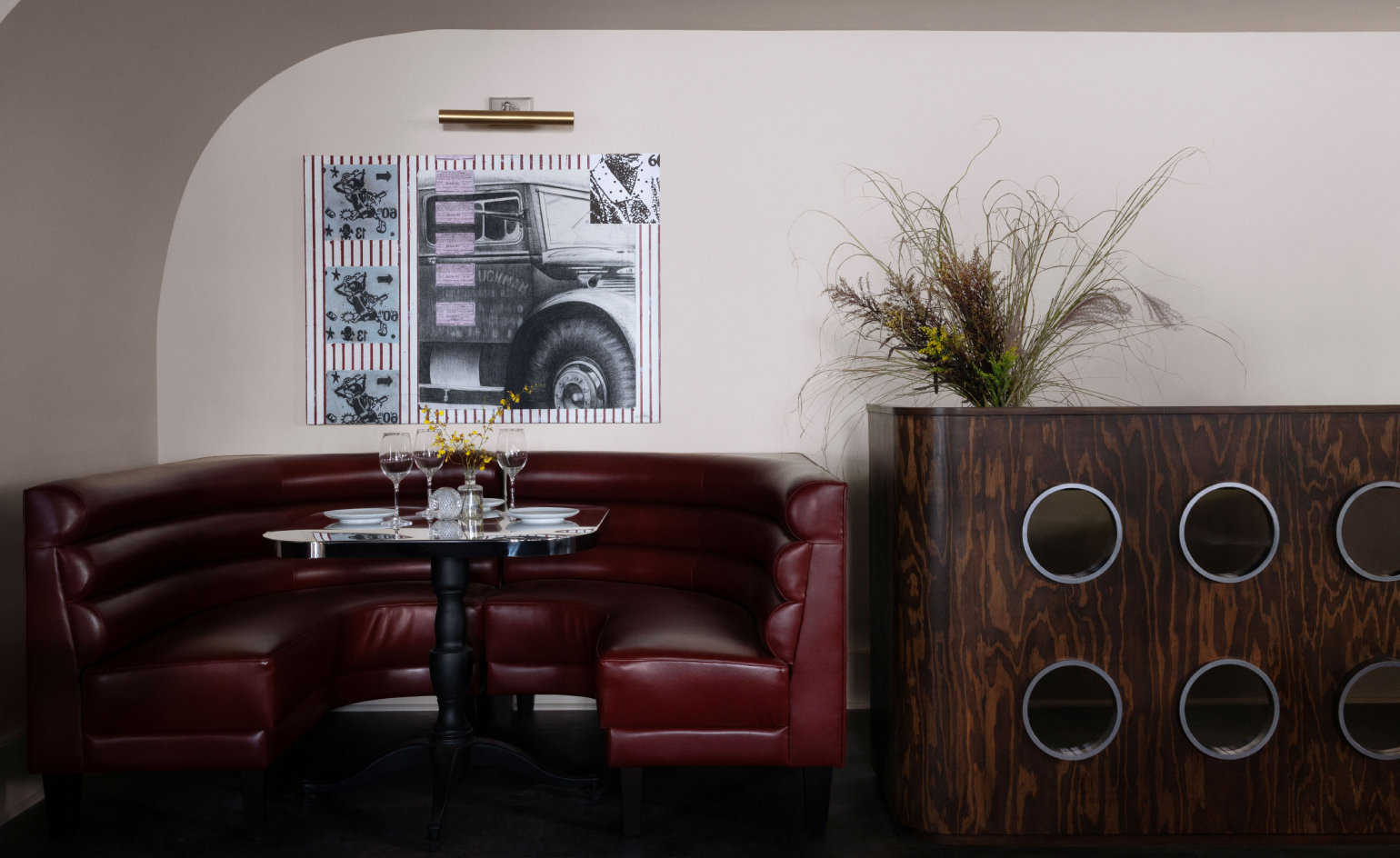 This late-night hangout brings back 1970s glam to LA’s Sunset Boulevard
This late-night hangout brings back 1970s glam to LA’s Sunset BoulevardGalerie On Sunset is primed for strong drinks, shared plates, live music, and long nights
-
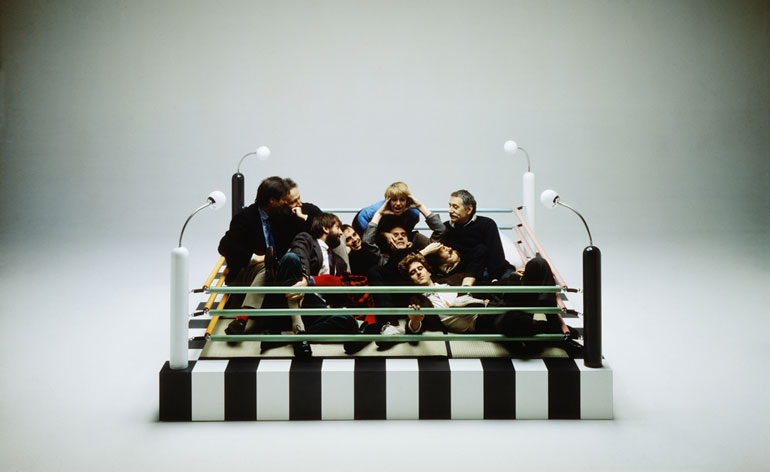 How Memphis developed from an informal gathering of restless creatives into one of design's most influential movements
How Memphis developed from an informal gathering of restless creatives into one of design's most influential movementsEverything you want to know about Memphis Design, from its history to its leading figures to the pieces to know (and buy)
